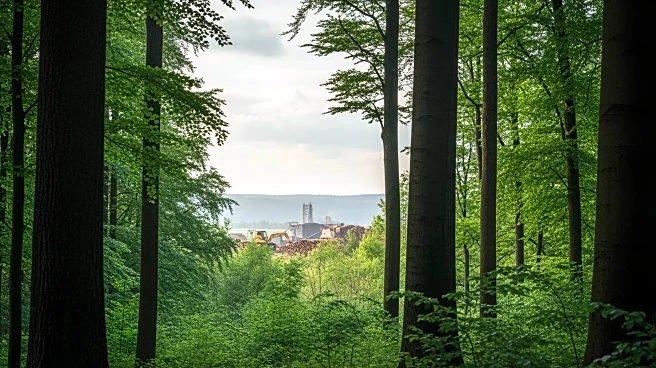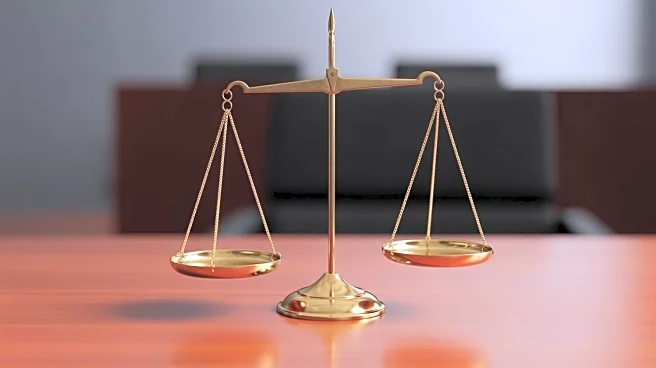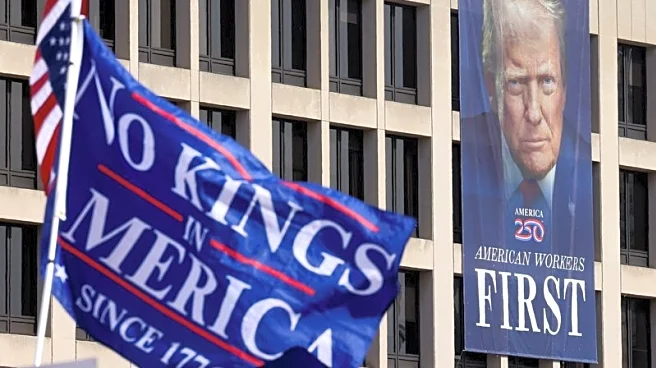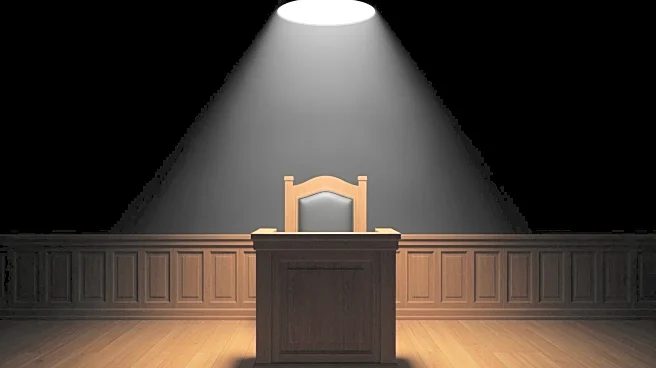What's Happening?
President Trump is attempting to reverse a rule from the Clinton administration that restricts timber harvesting and other developments on 59 million acres of National Forest lands. This move is part of an effort
to boost the U.S. timber industry, which some conservatives believe could lead to significant economic benefits. However, the plan has sparked concerns about the potential environmental impact on these protected lands. The rule in question was originally implemented to preserve natural habitats and prevent deforestation, and its reversal could open up vast areas to logging and other industrial activities.
Why It's Important?
The potential reversal of this rule could have significant implications for both the environment and the timber industry. On one hand, it could lead to increased timber production, potentially boosting the economy and creating jobs within the industry. On the other hand, environmentalists warn that it could lead to deforestation, loss of biodiversity, and disruption of ecosystems. The decision could also set a precedent for how public lands are managed in the future, balancing economic interests with environmental conservation. Stakeholders such as environmental groups, industry leaders, and policymakers are likely to engage in heated debates over the potential outcomes of this policy change.
What's Next?
As the proposal moves forward, it is expected to face legal challenges from environmental organizations aiming to protect the integrity of national forests. Additionally, public hearings and consultations may be held to gauge public opinion and address concerns from various stakeholders. The outcome of these discussions and potential legal battles will play a crucial role in determining the future of U.S. forest management policies.













